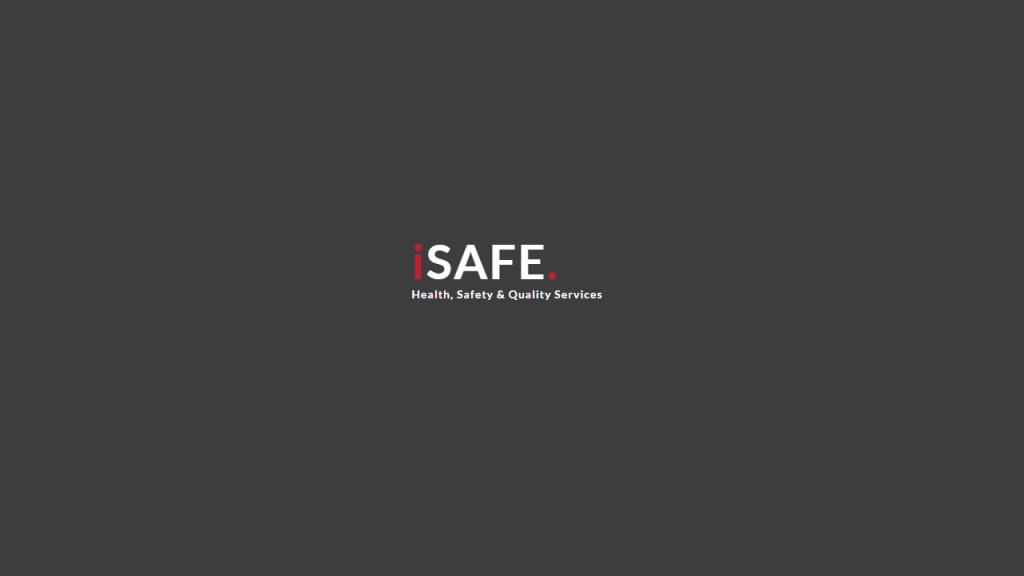How ISO Guidelines Enhance Health and Safety Practices
ISO Guidelines

Creating a safe and healthy work environment is becoming more than just a moral duty; it is now a business need. This is where ISO guidelines come into play, providing a uniform framework that helps organisations improve their H&S (health and safety) procedures. However, how precisely do these rules result in better work environments?
Building a Systematic Approach
ISO guidelines like ISO 45001 provide a systematic approach to managing H&S. It’s not just about checklists and regulations; it’s about embedding safety into the organisational DNA. The standard requires organisations to establish an H&S management system (OHSMS) that identifies hazards, assesses risks, and continuously seeks improvement. This systematic approach ensures a consistent focus on preventing accidents and promoting well-being instead of merely reacting to incidents.
Engaging the Workforce
ISO regulations emphasise active employee participation in H&S efforts. This means empowering employees to report hazards, suggest improvements, and actively participate in safety training. This fosters a culture of ownership and accountability, where everyone feels responsible for creating a safe environment. This engaged workforce becomes a critical line of defence for identifying and addressing potential risks before they escalate.
Continuous Improvement
ISO guidelines are not static documents. They emphasise the importance of continuous improvement. By regularly reviewing and evaluating the OHSMS, organisations can identify areas for improvement, implement corrective actions, and adapt to changing circumstances. This ongoing cycle of self-assessment and improvement ensures that H&S practices remain relevant and effective in the face of evolving risks and industry trends.
The Benefits are Clear
Implementing ISO guidelines demonstrably enhances H&S performance. Studies show reduced accident rates, improved employee morale, and even lower insurance premiums. But the benefits go beyond these quantifiable metrics. A strong H&S culture attracts and retains talent, fosters trust and collaboration, and ultimately contributes to a more productive and sustainable business.
Taking the First Step
Embracing ISO guidelines may seem daunting, but the rewards, coupled with the expertise and support from iSafe, are undeniable. Remember, ISO regulations, with iSafe’s assistance, are not about achieving a one-time certification; they are about building a lasting commitment to the well-being of your employees and the success of your organisation. So, take the first step towards a safer and healthier workplace by exploring the power of ISO standards.
The article underscores the evolving importance of creating safe and healthy work environments, not just as a moral obligation but as a business necessity. ISO guidelines, notably ISO 45001, play a pivotal role in this endeavor by offering a structured framework to enhance health and safety (H&S) procedures within organizations. Rather than being merely compliance-driven, these guidelines advocate for a systematic approach, ingraining safety into the organizational culture.
Central to ISO guidelines is the notion of engaging the workforce actively. By empowering employees to participate in H&S efforts, including reporting hazards and suggesting improvements, a culture of ownership and accountability is fostered. This engaged workforce becomes a vital asset in proactively identifying and mitigating risks, thus contributing significantly to accident prevention and overall well-being.
Moreover, ISO guidelines emphasize the principle of continuous improvement. Organizations are encouraged to regularly assess their H&S management systems, identify areas for enhancement, and adapt to changing circumstances. This ongoing cycle ensures that H&S practices remain relevant, effective, and responsive to evolving risks and industry dynamics. Ultimately, implementing ISO standards not only yields tangible benefits such as reduced accident rates and improved morale but also fosters a culture that attracts and retains talent, enhances collaboration, and contributes to the long-term sustainability and success of businesses.
About the Creator
Enjoyed the story? Support the Creator.
Subscribe for free to receive all their stories in your feed. You could also pledge your support or give them a one-off tip, letting them know you appreciate their work.





Comments
There are no comments for this story
Be the first to respond and start the conversation.